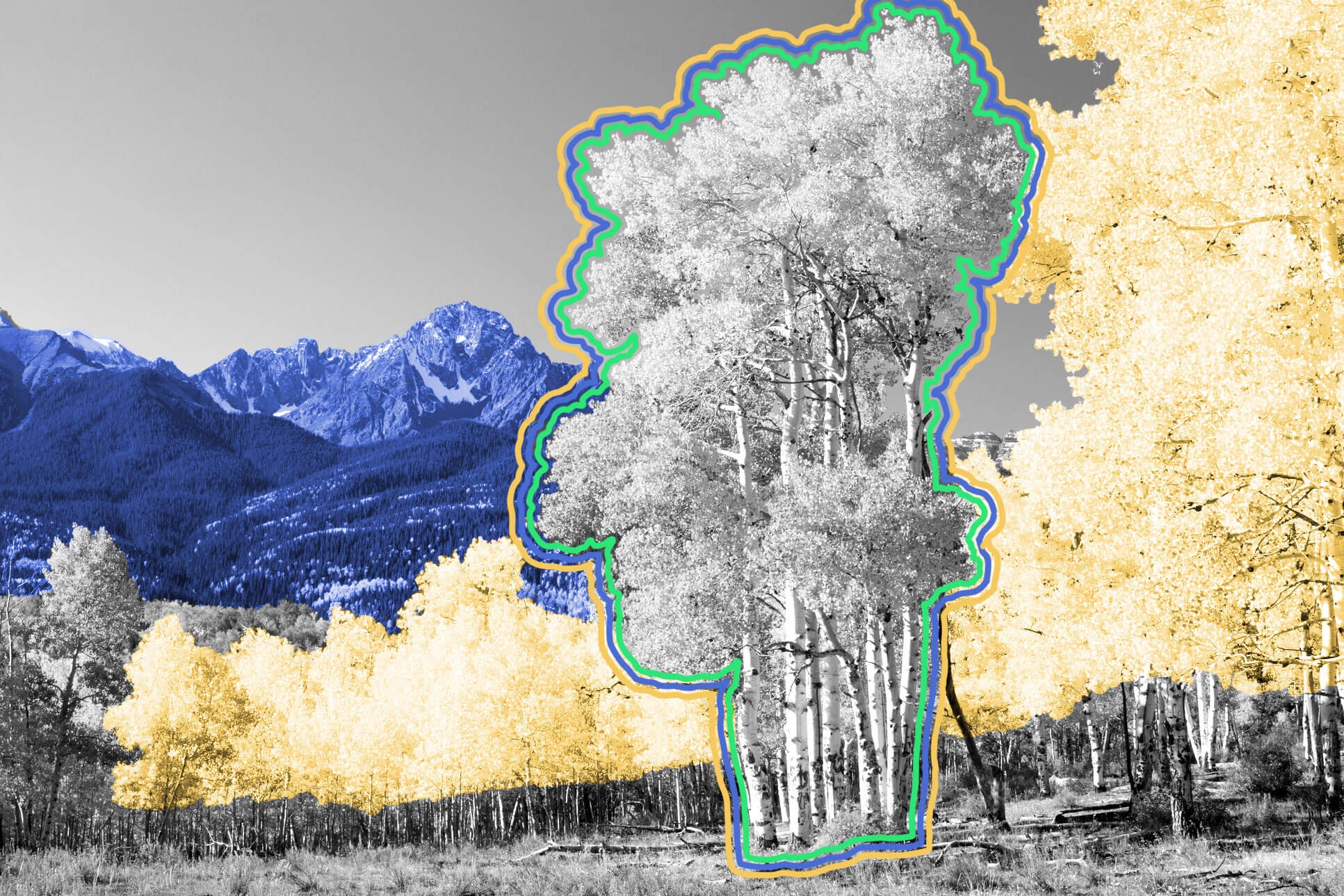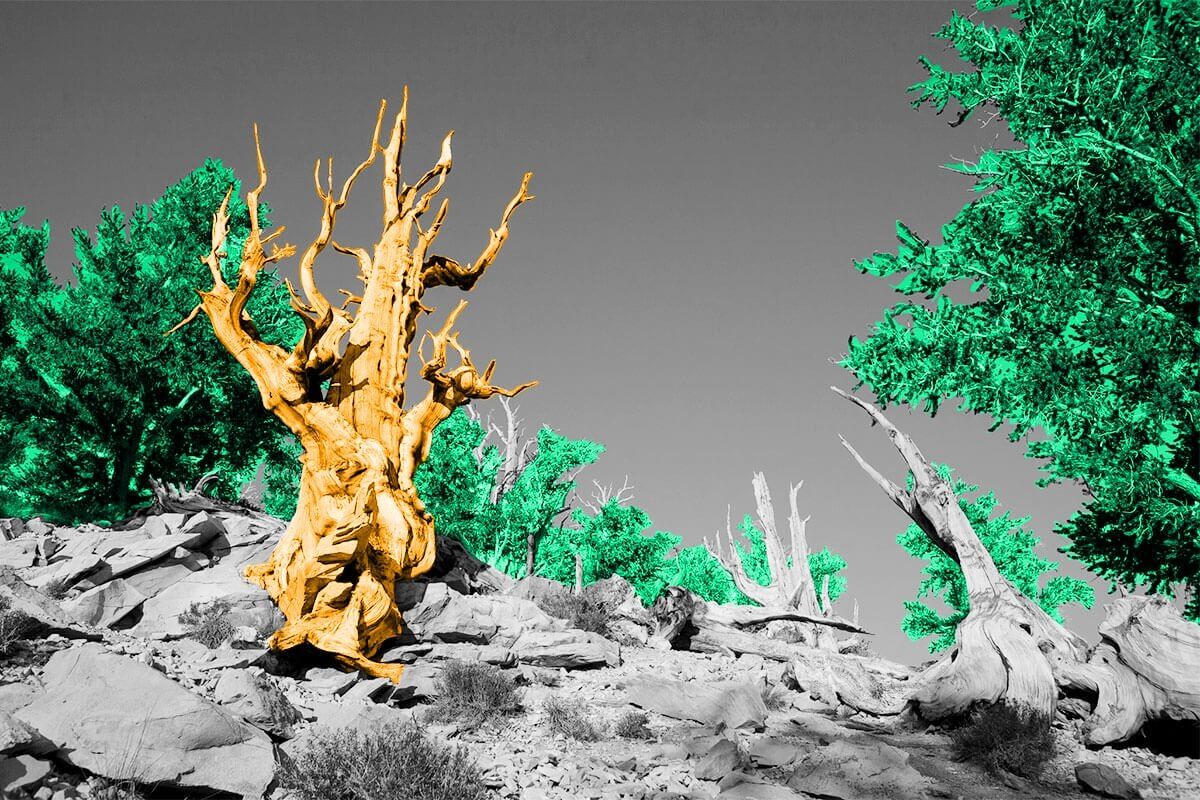
The world's most massive plant is a stand of 47,000 genetically identical aspen trees.
In central Utah, state highway UT-25 cuts through a stand of quaking aspens near the alpine Fish Lake. Many travelers driving south from Salt Lake City looking for a relaxing weekend getaway likely drive by this stretch of forest unaware that they’ve just seen one of the greatest — and strangest — natural wonders in the world. That’s because this particular stand of quaking aspens (Populus tremuloides), known as “Pando,” is the world’s largest plant, containing some 47,000 trees spread across 107 acres.
At first glance, the aspens look like any other forest, but hidden wonders are locked inside their DNA. Although scientists first recognized Pando’s extraordinary qualities in the 1970s, only in 2008 did they confirm that the aspens are all genetically identical. Unlike many other trees that reproduce sexually — using seeds and pollen — these aspens reproduced asexually, by sprouting from Pando’s underground root system. That means they’re genetic clones of the same original aspen, now long-dead. (While asexual reproduction is far from rare for aspens, a clone of this size is.) Because the trees are genetically identical, and because they all share a root system, they’re considered one plant, no matter how separate they may appear aboveground. Pando has been growing for tens of thousands of years to create the “Trembling Giant” that now awes both tourists and scientists today.
Found in the rainforests of Southeast Asia, Rafflesia arnoldii is the world’s largest individual flower, stretching more than three feet wide and weighing upwards of 15 pounds. Because the flower is parasitic, it has no leaves, roots, or stem — instead, it attaches itself to a host plant to gain nutrients. While the bloom enjoys Guinness World Records notoriety for its gargantuan size, its measurements may not even be the strangest thing about it. Although most flowers are known for their sweet-smelling fragrance, the genus Rafflesia smells like rotting meat. Known as a “corpse lily” or “carrion flower,” Rafflesia arnoldii smells so horrible on the third or fourth day of its weeklong bloom that swarms of carrion flies, tricked by the flower’s foul-smelling odor and mottled red appearance, become unwitting pollinators. Despite its grotesque smell, the Rafflesia genus (which includes several species alongside arnoldii) is beloved throughout Southeast Asia. It’s a national flower of Indonesia and appears on Malaysian currency. Its blooms are also considered a delicacy in Thailand, and in Borneo, Rafflesia tea is believed to have medicinal properties if drunk after childbirth.

